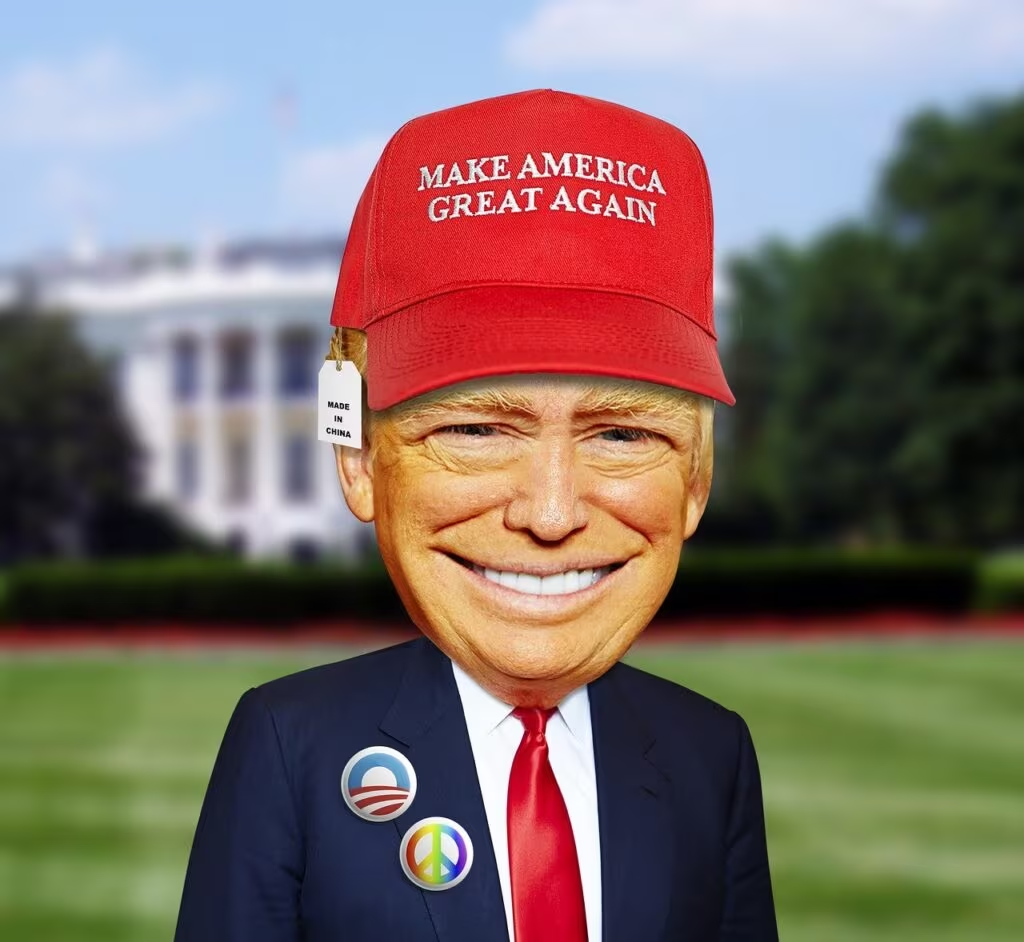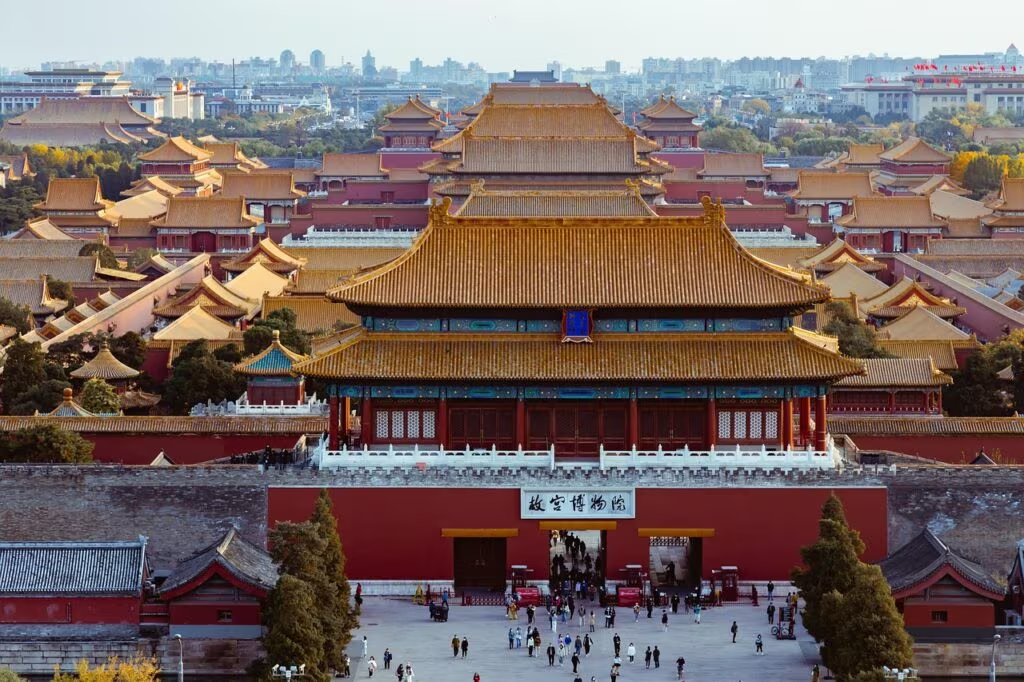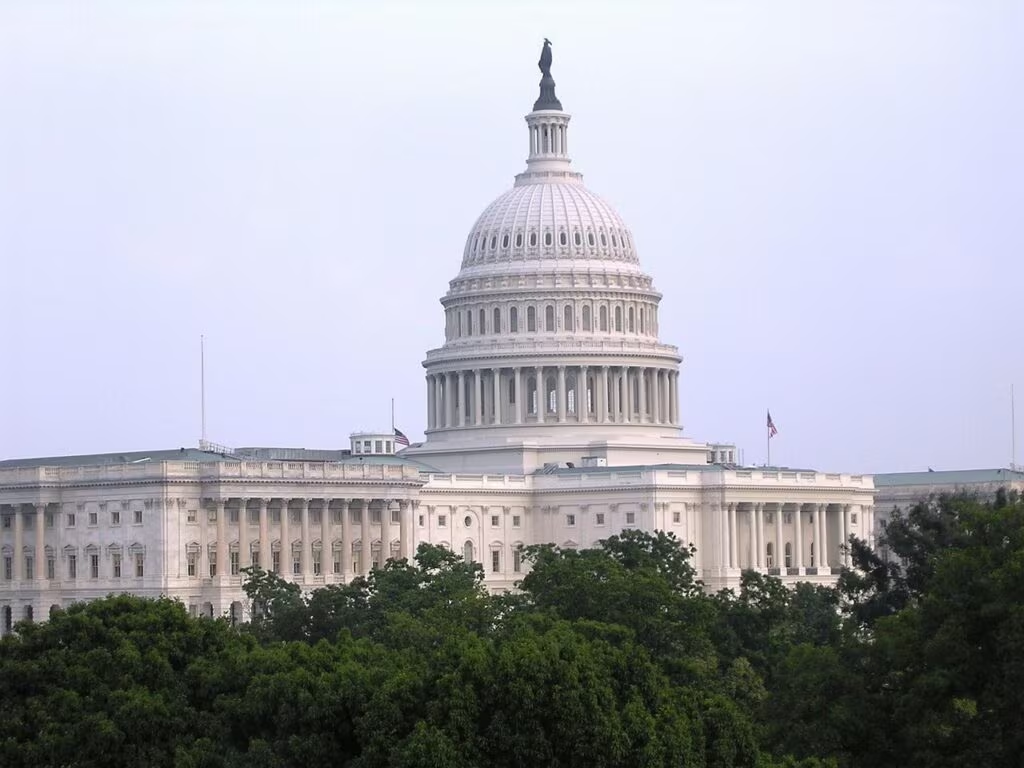Former President Trump Announces High-Stakes 2025 Diplomatic Exchange with China
Former President Donald Trump has announced a significant diplomatic plan for his potential 2025 administration, revealing that he has accepted an invitation to visit Beijing in April 2025 from Chinese President Xi Jinping. In a reciprocal move designed to signal a rapid re-engagement at the highest levels, Trump also stated he would host President Xi for a full state visit in the United States later in the year.
This announcement, made as the political landscape shifts toward the next presidential term, immediately sets the stage for a dramatic resumption of U.S.-China dialogue, potentially resetting the tone for relations that have been characterized by intense competition and friction over the past several years.

Contextualizing the Planned 2025 Summits
The proposed exchange of visits—a trip to Beijing in the spring followed by a U.S. state visit in the latter half of 2025—is highly symbolic. A state visit is the highest level of diplomatic reception the U.S. can offer, involving formal ceremonies, a state dinner, and significant political weight. Offering this early in a new presidential term underscores an intention to prioritize direct communication with Beijing, despite ongoing geopolitical tensions.
For President Trump, this approach aligns with his historical preference for direct, personal diplomacy with foreign leaders, particularly those representing major global powers. The timing—just months after a potential inauguration—suggests an urgency to tackle critical issues head-on.
Key Areas of Focus for Potential 2025 Talks
While the specific agenda for the summits remains to be determined, experts anticipate that discussions will center on the most contentious and economically significant issues defining the current bilateral relationship. These include:
- Trade and Tariffs: The future of the extensive tariffs imposed during the previous Trump administration and subsequent retaliatory measures. A primary goal would be negotiating new trade agreements or restructuring existing economic frameworks.
- Taiwan Strait: Managing the increasingly volatile situation surrounding Taiwan, which remains the most sensitive geopolitical flashpoint between Washington and Beijing.
- Technology Competition: Addressing restrictions on technology transfer, particularly concerning advanced semiconductors, artificial intelligence, and 5G infrastructure.
- Global Security: Coordinating (or conflicting) approaches to global challenges, including the ongoing conflict in Ukraine, the nuclear program in North Korea, and stability in the South China Sea.
Historical Precedent and the Shift in Tone
During his previous term, President Trump and President Xi established a highly personalized relationship, marked by both moments of cooperation and sharp conflict, particularly concerning trade. The announcement of these early 2025 meetings suggests a potential return to that personal dynamic, aiming to bypass lower-level bureaucratic negotiations.
Previous high-profile meetings, such as the 2017 Mar-a-Lago summit, demonstrated the capacity for the two leaders to engage directly, often leading to temporary de-escalation or breakthroughs. However, those interactions ultimately gave way to the full-scale trade war that defined much of the later period of the administration.
The Diplomatic Weight of an Early Visit
An April visit to Beijing would be one of the earliest major foreign trips for a newly inaugurated U.S. President. This early timing sends a clear signal to allies and adversaries alike that China will be a central focus of the new administration’s foreign policy agenda from day one. It also provides Beijing with an opportunity to shape the narrative of the new relationship early on.
Conversely, extending an invitation for a state visit to President Xi later in 2025 would be viewed by China as a significant gesture of respect and recognition of its global standing, something Beijing consistently seeks from Washington.

Potential Challenges and Domestic Reaction
The proposed diplomatic schedule is not without significant political risk. Any perceived concessions on trade or human rights issues during these high-stakes meetings would likely face intense scrutiny from Congress and domestic political opponents.
Furthermore, the current geopolitical climate is far more strained than it was during the initial years of the previous administration. The U.S. has solidified alliances in the Indo-Pacific region specifically to counter China’s growing influence. These allies, including Japan, South Korea, and Australia, will be closely watching the tone and substance of the 2025 summits to ensure their security interests are not compromised.
“The decision to prioritize a state visit for President Xi so early in the term indicates a willingness to engage directly on core issues, but it also raises the stakes significantly for achieving concrete, beneficial outcomes for the United States,” noted one former diplomatic official, speaking on the condition of anonymity.

Key Takeaways: The 2025 U.S.-China Diplomatic Plan
The announced plans for reciprocal visits between Donald Trump and Xi Jinping outline a proactive and high-stakes diplomatic strategy for the coming year.
- April 2025: Donald Trump plans to travel to Beijing after accepting an invitation from President Xi Jinping.
- Later 2025: Trump plans to host President Xi Jinping for a state visit in the United States.
- Significance: This rapid exchange signals a strong intent to reset or redefine the U.S.-China relationship immediately upon a potential new administration taking office.
- Core Issues: Trade tariffs, Taiwan stability, and technology competition are expected to dominate the agenda.
What’s Next
Should the planned visits proceed, the world will be watching closely for the initial signals emanating from the Beijing meeting in April 2025. The success of that initial engagement will likely determine the atmosphere and the achievable goals for the subsequent state visit in the U.S. later that year.
The preparation for these summits will involve complex negotiations between diplomatic teams, focusing on managing expectations and ensuring that the high-level personal diplomacy translates into tangible policy outcomes that address the deep structural challenges inherent in the U.S.-China relationship.
Original author: Seung Min Kim, Didi Tang
Originally published: November 24, 2025
Editorial note: Our team reviewed and enhanced this coverage with AI-assisted tools and human editing to add helpful context while preserving verified facts and quotations from the original source.
We encourage you to consult the publisher above for the complete report and to reach out if you spot inaccuracies or compliance concerns.

